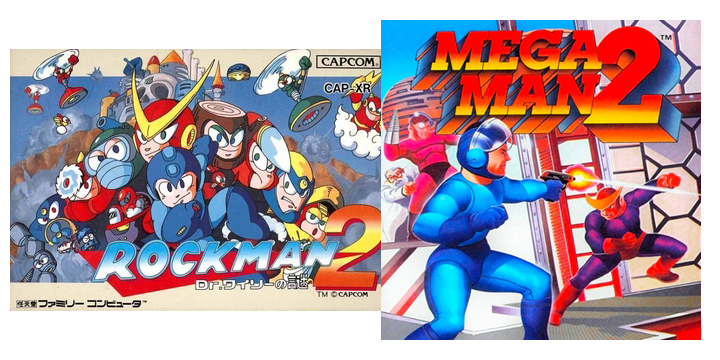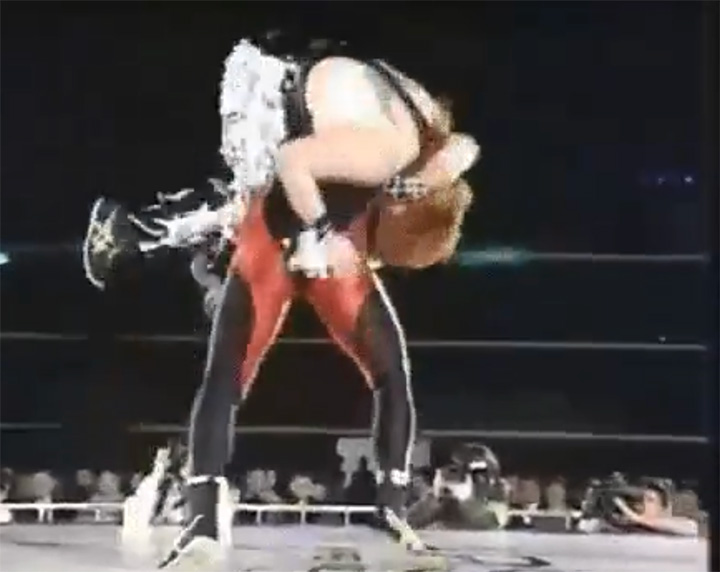The rise of Stardom is an opportunity to lean into joshi wrestling as a Japanese cultural export to America
World Wonder Ring STARDOM is currently the top women's pro wrestling organization in the world. September 2022 data on cumulative attendance for Japan's top wrestling promotions showed the male-driven New Japan Pro Wrestling at #1 and, as NJPW's "sister promotion" under the Bushiroad umbrella, STARDOM at #2, edging out Dragon Gate at #3 by more than 10,000 attendees. Pro Wrestling NOAH, All Japan Pro Wrestling, and DDT ranked #4, #5, and #6 respectively. Despite the continuing restrictions in Japan due to COVID-19 during this period, STARDOM has grown significantly in the years since their last show held in New York City before the pandemic, American Dream in 2019. The current state of pro wrestling in the 21st century, in both the United States and Japan, presents a unique opportunity for STARDOM to lead the export of Japanese women's pro wrestling across the western hemisphere as a cultural phenomenon on par with electronics brands, video games and anime.
Growing up in the 1980s in America, it was simply a given among our peers that every mainstream video game title originated in Japan. During this period, with franchises like Street Fighter and Mega Man (Rock Man in Japan) established firmly as household names among American video gamers, the idea of getting access to an imported Japanese copy of the original release from its home country was only a dream for most. Not only were the Japanese versions of games released earlier than the American adaptations, many were also accompanied by subjectively better artwork and, in the case of games like Capcom’s side scrolling arcade brawler, Final Fight, were not the target of arbitrary forms of censorship.

Somewhere along the way, Capcom's American marketing department thought it would be a good idea to replace the distinctly Japanese style of artwork on the label and packaging of Mega Man 2 (Rock Man 2) with a supposedly Americanized version that would be more palatable to western gamers... in theory. In practice, the Americanized artwork was uglier in nearly every aesthetic sense. It was an entirely inaccurate in its portrayal of the design of the hero character in the game. Even worse, it looked to have been designed by someone who had never seen one frame of the actual character in action. It was a caricature of the worst attempts to localize a product that would have been far better marketed as an authentic Japanese import in, for example, the way that anime films had been by the end of the 20th century.
For a generation of Americans, and westerners in general, the impression that the likes of Nintendo, Sega, Capcom, Konami, and later, Sony, brought via the video game industry was that everything Japanese was better. The same applied to electronics, thanks to brands like Panasonic and, of course, Sony. Japanese manufacturers had all but replaced every major American brand in televisions by the late 1980s, for instance. The positive reputation of Japanese products in the west, however, was a generational shift best summarized by the humorous dialogue from the original "Back to the Future" release, in which a 1955 version of Doc sees a "Made in Japan" label and makes a remark about its terrible quality being for that reason, to which Marty, the protagonist who had traveled back in time from 1985, replies in confusion, "All the best stuff is made there." At the end of the 20th century, Americans felt this way not only about Japanese electronics brands, but also other aspects of culture exported from Japan, from video games and animation to food and cute imagery.
For STARDOM, the history of Japanese culture and products in 20th century America is a critical lesson in "what to do" and "what not to do" in the process of expanding into the west.
Most American wrestling fans of the late 20th century discovered the modern form of "sports entertainment" through the World Wrestling Federation (WWF, now WWE) and, by the 1990s, World Championship Wrestling (WCW) and Extreme Championship Wrestling (ECW.) A smaller portion discovered this form of entertainment through one of the few remaining independent promotions in the United States. Most in the west at the time, especially those who were not fans, would be surprised to learn that this form of professional wrestling had not been just invented by the WWF as it exploded in popularity in the 1990s. Aside from brief short clips shown of the Big Egg show at the Tokyo Dome on the WWF's TV programming in 1994, which the majority of WWF fans hadn’t even noticed, it wasn't until internet access become increasingly common around the world that any significant portion of American fans would learn of the existence of Japanese promotions like All Japan Women's, the dominant Joshi promotion at the time.
Once internet access had permeated the culture by the late 1990s to early 2000s, the most common scenario in which American fans discovered Japanese wrestling was by word of mouth on online message boards, chat rooms, websites, and newsletters. Such sources held Japanese wrestling on the pedestal, nearing the point of snobbishness about its superiority over the American product. In fact, it was not uncommon for American fans to initially trade or buy a tape, usually through a trader who had contacts in Japan, initially just to "find out what the fuss is all about" only to be hooked by the sheer quality of the Japanese promotions of the period.

On a surface level, WWF fans would quickly learn that Bret "Hitman" Hart's finishing hold, known as the Sharpshooter was actually invented by Riki Choshu as the Sasori Gatame. (Likewise, for WCW fans of Sting who used the move as the Scorpion Deathlock.) Countless other cases of finishing moves used by American wrestlers were discovered by western fans to have originated from Japan, especially Japanese women's wrestlers. Etsuko Mita of the villainous LCO invented the Death Valley Bomb aka. Death Valley Driver in the US; ARSION's master technician, Mariko Yoshida, invented the Air Raid Crash which would later be popularized in the west as the Kryptonite Krunch, White Noise, and Beach Break; and Akira Hokuto originated the Northern Lights Bomb which was used by Al Snow as the Snowplow in ECW and WWF/WWE. There were countless other examples. Even prominent male Japanese wrestler, Kenta Kobashi of AJPW and NOAH fame, whose brutal head-drop finisher, the Burning Hammer, originated from legendary female wrestler, Kyoko Inoue, as the Victoria Driver.
It was not a loss of respect for any of the wrestlers who adapted techniques for their own repertoire, but a discovery of a whole world of pro wrestling in Japan that happened to originate many of the moves we thought we had already been familiar with. Just as the American-made Mortal Kombat series of video games (and every other title in the fighting game genre since) owes its genre conventions and gameplay format entirely to the Japanese-made Street Fighter series, many American wrestlers owed at least some part of their in-ring identity to innovations of Japanese wrestlers.
Moves are not everything, of course. American fans also discovered a unique export from Japan: A style of pro wrestling that emphasizes the in-ring action, especially at a time when the WWE had turned their focus almost entirely to mic work while making their shows less and less about the actual matches. For older fans, it was a return to some of the better elements of the past combined with innovations and a culture of “fighting spirit” they hadn’t seen before. For some of the younger fans, Japanese matches offered the wrestling equivalent of watching action films, stunt shows, and skateboarding videos, admiring physically impressive techniques and wrestling styles instead of repeating the latest catch phrase for the millionth time on a Monday night cable show. Any way that an American fan could look at it, Japanese wrestling presented a product that is entertaining and consumable even with a language barrier, since stories driven by actual wrestling matches are much easier to follow - even at a time when English subtitles were unavailable.
In the decades that followed, American fans of Puroresu have grown from a small niche to a significant portion of the overall wrestling fanbase. At NJPW's Rumble on 44th Street in New York City, STARDOM’s Japanese wrestlers received some of the loudest cheers, comparable or exceeding the crowd's pops for NJPW names, and definitely far exceeding the response to local American talent featured in the card. In 2019, at STARDOM’s own American Dream NYC show in Queens, local American talent from New York were met with near silence, even booed at times, while the main Japanese roster of STARDOM received consistently strong support from the audience.

With about one-third of subscribers on the STARDOM World streaming service now originating from English speaking markets outside of Japan, it’s no wonder that the proportion of American fans who are aware of STARDOM – and Joshi Puroresu in general – is steadily growing. Streaming platforms of all Japanese organizations have enabled fans abroad to enjoy the art form directly, without the need to buy or trade second or third generation copies of video tapes from the few who have sources in Japan.
Like electronics, video games, and anime in the 20th century, the product should never try too hard to Americanize itself. It should lean into being a distinct Japanese import, superior to the domestic product. Japanese wrestling has been a standard of what it means to perform high quality matches to a growing base of American wrestling fans for over two decades now. The goal should now be to continue to expand that base.
The timing is right for STARDOM to lead the cultural phenomenon of Joshi wrestling in America.